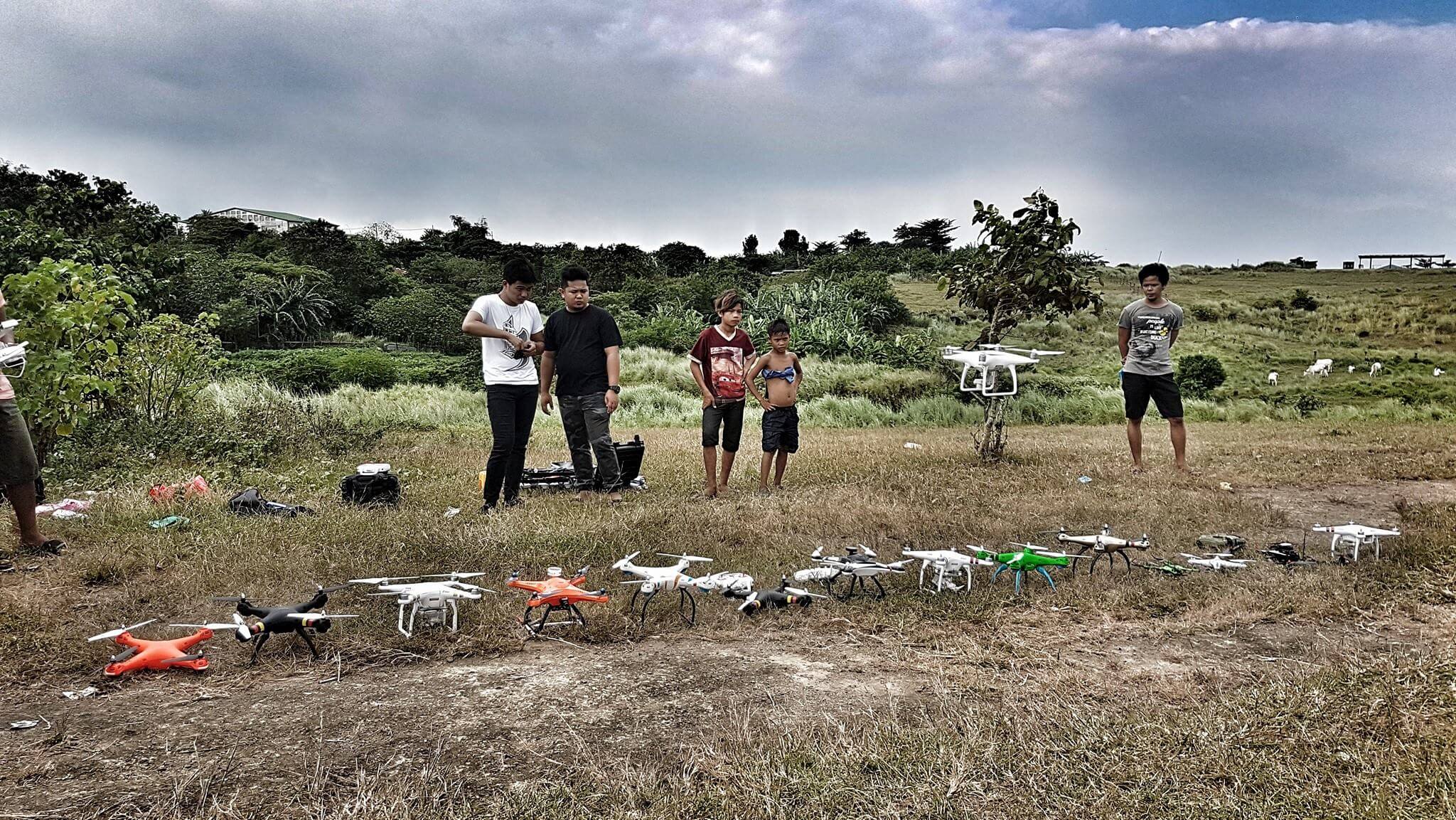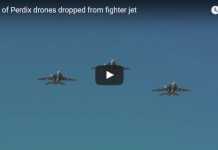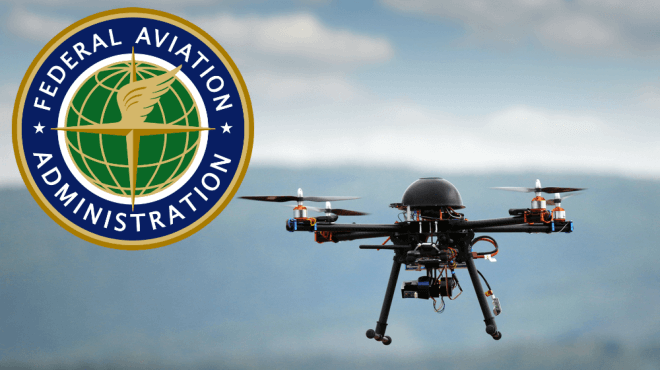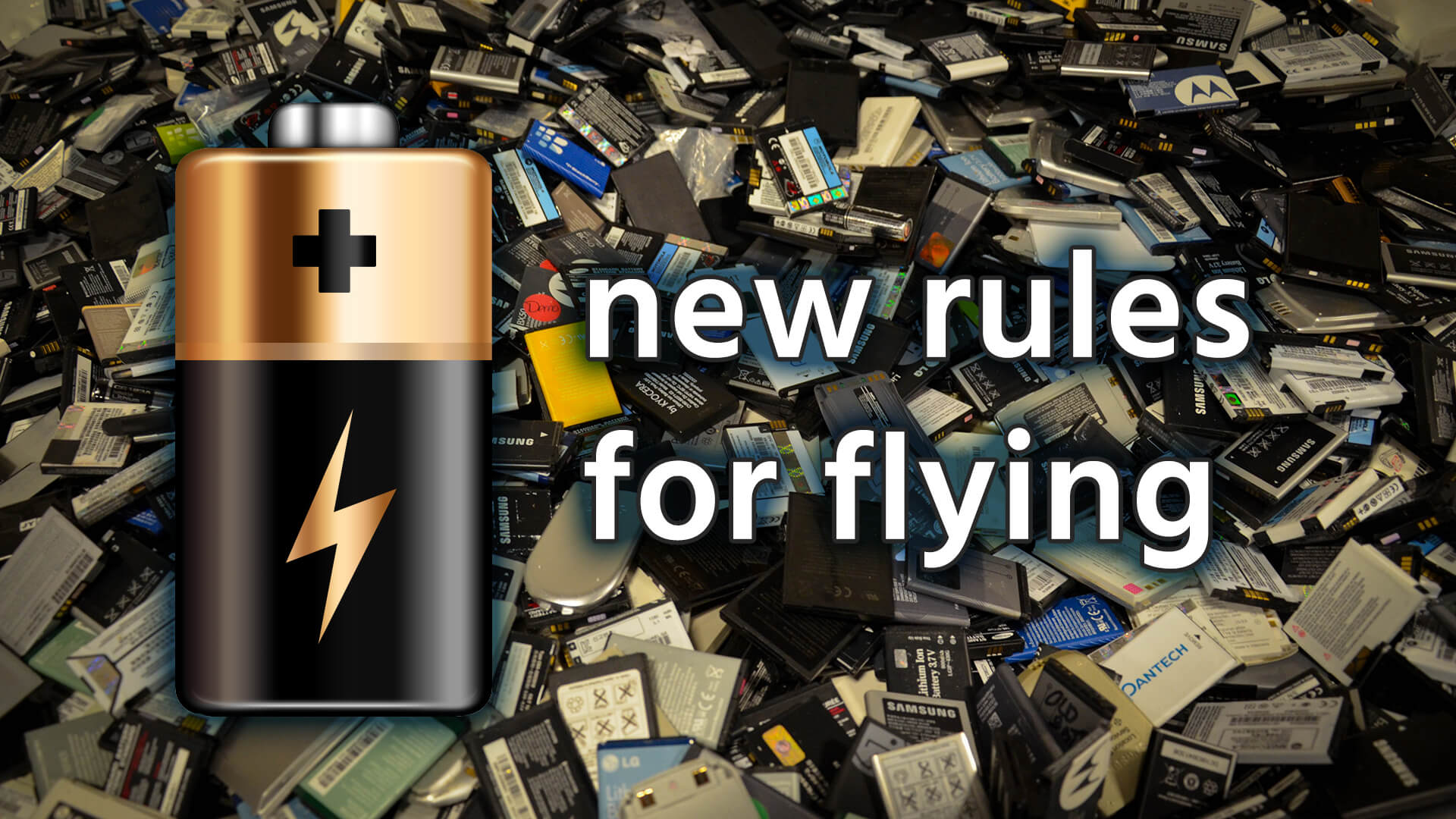
Unmanned Aerial Vehicles (UAV’s) like drones, airships, and rotorcrafts are becoming commonplace. Their application is no longer confined to the military or for warfare, as they can be used for recreational purposes such as photography and tourism. In response to this trend, the Civil Aviation Authority of the Philippines (CAAP) issued Memorandum Circular No. 21, as well as Memorandum Circular No. 35 last June and November 2014, respectively. These memoranda amended Part 11 of the Philippine Civil Aviation Regulations (PCAR), providing new rules with respect to the operation and registration of UAV’s.
The recently issued memoranda defines UAV as an “unmanned aircraft, other than a balloon or kite.” A more thorough description for UAVs can be found in Advisory Circular 11-001 (also issued by the CAAP), which provides for the specific procedure in obtaining the UAV licenses. The circular defines a UAV as “a powered, unmanned aerial vehicle, other than a model aircraft used for sport and recreation, which may be operated autonomously beyond line of sight of the controller but, in all cases, would be subject to remote control by the controller.” Certain types of aerial apparatus are immediately excluded from the ambit of the regulation – weather balloons, for instance, are not UAV’s under this definition.
UAV’s are further characterized and classified into three classes: large, small, and micro. Large UAV’s are those with either a capacity greater than 100 cubic meters, or have a launch mass greater than 100 or 150 kilograms, depending on the type of device it is. Micro UAV’s are those with a gross weight of 100 grams or less, and a small UAV is a UAV that is neither a large nor a micro UAV. This classification is significant because the PCAR only regulates the operation of large UAV’s and small UAV’s that are not used for model, sports, hobby, and recreational purposes.
The amended rules also limit the areas in which the UAV’s can be operated. UAV’s have to be at least 30 meters away from people who are not operating the UAV. They cannot go beyond 400 feet above ground level, or beyond the 10 kilometer radius from any airport’s reference point. Lastly, neither can they be operated in populated areas or controlled airspaces.
The memoranda also provides for the issuance of licenses required to operate UAV’s. The first kind of license is the UAV Controller Certificate of Authorization. This license is required for pilots to operate the large or small UAV’s. It obliges the license applicant to pass certain knowledge tests conducted by CAAP, undergo training courses conducted by the UAV manufacturer, and render at least five (5) hours experience in operating UAV’s outside controlled airspace. The second kind of license is the UAV Operator Certificate of Authorization. This license applies for those companies offering their services for hire. Obtaining the license entails certain clearances, a certificate of registration for the UAV used, and UAV insurance or third party liability insurance. These licenses may be subjected to conditions that the CAAP may deem necessary, and can be revoked if the terms are violated.
Because the UAV trend is relatively new, the regulations regarding UAVs may still lack provisions over certain key issues. Small UAV’s for recreational purposes and micro UAV’s do not fall under the regulation and they can be operated even by those without experience in UAV operation. The rationale behind this seems to be that those recreational small UAV’s and micro UAV’s do not pose any danger to the general public even though they can potentially cause damage if handled by an untrained operator. With respect to the registration of small UAV’s, controllers may choose to circumvent the rule by declaring that the UAV is for recreational purposes instead of undergoing the required tests.
Notably, the memoranda is silent as to the issue of privacy – one of the biggest concerns with UAV’s, whether it is used by the government or a private party. By their nature, UAV’s like drones can be used as a tool for gathering information via recordings or photographs. While the Philippines has enacted the Data Privacy Act, there are currently no laws or regulations regarding UAV’s and their recording capabilities. At most, the memoranda prevent them from entering populous areas, but it seems to be more a consideration of safety rather than of privacy.
However, these concerns do not invalidate the intent of Memorandum Circular Nos. 21 and 35. Just recently, CAAP issued its first UAV license and Certificate of Authorization to SRDP Engineering and Consulting, an engineering company specializing in mapping and surveying[1]. The license allows SRDP Engineering to operate two of its UAV’s for commercial purposes. CAAP, in amending the PCAR, requires UAV controllers and operators to register their vehicles in the same way one would register a car. This provides a way to hold UAV operators accountable for their devices. The fact that the CAAP imposes a myriad of tests, and that a UAV insurance is required for commercial operators imply that the primary intent of the regulation is to protect the unsuspecting public from careless or negligent UAV operators. The recently published rules serve as a good framework from which the CAAP can continue to amend and create better regulation for UAV’s.







